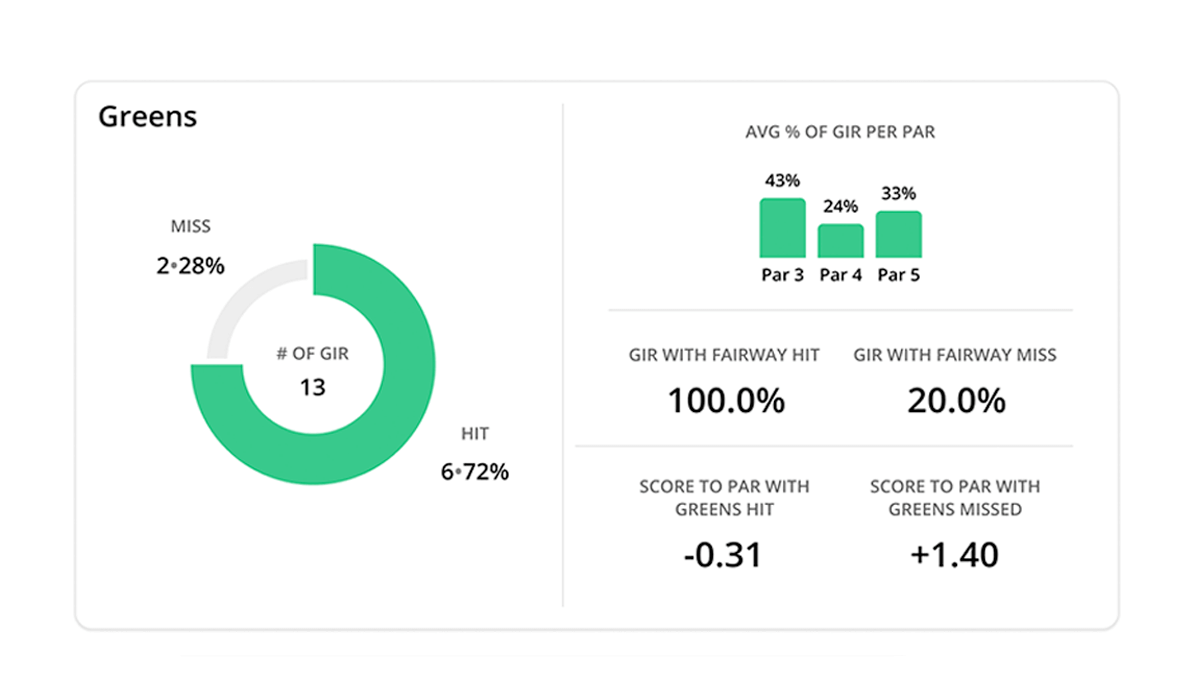Clubs
The Most Popular Driver Shafts on the Market?
Explore 33,000+ golf courses in 180 countries.
Follow the latest news and trends in golf.
Connect with like-minded golfers.
Find everything you need for your golf equipment and gear needs.
Travel, golf resorts, lifestyle, gear, tour highlights and technology.
All Square
Suggestions
Clubs
The Most Popular Driver Shafts on the Market?
Destinations
Explore Adare Manor — 2027 Ryder Cup Destination
Course Reviews
The Best 36-Hole Golf Resorts Around the World
Course Reviews
The Best Golf Courses Near Pinehurst That Aren’t Pinehurst No. 2
DP World Tour
The Top 10 Greatest Upsets in Golf Tournament History
DP World Tour
Who Is the Best Driver of the Golf Ball So Far in 2025?
Course Reviews
Kytäjä Golf & Uni Villa: Finland’s Lakeside Golf Retreat
Course Reviews
Golf Trip to Oman
DP World Tour
The Top European Golfers of All Time
Clubs
Michael Brennan’s Breakthrough Victory at the Bank of Utah Championship
Clubs
Who Is the Best Wedge Player on Tour So Far This Season?
Clubs
The Best Drivers and Fairway Woods on the Market
Course Reviews
Terras da Comporta: Portugal’s New Golf Destination
Course Reviews
The New Wave of Short Courses
Clubs
Tommy Fleetwood’s WITB at the 2025 DP World India Championship
Majors
Tiger Woods’ Greatest Shots: Moments That Defined a Legend
Course Reviews
Mission Hills, China: The World’s Largest Golf Resort
Amateur Golf
How to Build Strength for Golf
Course Reviews
The Best Mountain Golf Courses in Europe
Clubs
Marco Penge WITB 2025: Victory at the Open de España
Course Reviews
The Els Club Vilamoura: Golfing Grandeur in the Algarve
Course Reviews
Discover the Top Golf Courses in Kenya and Tanzania
LPGA
The Rise of Women’s Golf: Key Players to Watch
Clubs
A Swing into the Future: Reviewing the Top Golf Drivers of 2025
Course Reviews
The Golf Lover’s Guide to Andalusia, Spain
Course Reviews
Punta Espada Golf Club, the Dominican Republic
Course Reviews
Black Mountain Golf Club, Thailand: A Championship Haven in Hua Hin

Recording your key stats will keep track of your performance as a golfer and is a proven way of reducing your handicap. But which ones should you record?
Studies have shown that golfers who track key statistics over a year see on average up to a three shot drop in their handicap compared to golfers who don’t.
Your golf statistics are different to your Handicap Index which is an indicator of your overall ability level, taking into consideration the course difficulty and your skill level based on previous scores to give you a net handicap rating.
While professional players on the PGA and European Tours keep all sorts of detailed statistics, for amateur players there are three key ones to record: fairways in regulation, greens in regulation, and putts per greens in regulation. Two additional statistics are also useful indicators about your skill level: scrambling percentage and sand save percentage.
Hitting a fairway in regulation is when your golf ball remains on the fairway when it stops. A fairway in regulation is not recorded when your ball lands on the fairway and then rolls off. All Par 4’s and Par 5’s have this statistic, while Par 3’s don’t. This is an indicator about your game off the tee, particularly with your driver, woods and longer irons.

Hitting a green in regulation is when you land your ball on the green within the required number of strokes. On a Par 3, you should land on the green with your tee shot. On a Par 4, you should land on the green with your second shot. On a Par 5, you should hit the green with your third stroke. This is a useful indicator about your approach play level with long irons and rescue clubs, right through to wedges.

Different to overall putts per round, this golf statistic only records your number of putts when you have reached the green in regulation. Your putts per green in regulation should always be 2 or below. A number greater than 2 means that you have a tendency to 3-putt, which is to be avoided! This is an indicator of your putting accuracy.
This is the total successful up and downs you made (a stroke off the green followed by a successful putt) divided by the total up and down opportunities you had. This statistic is a general indicator of your short game ability.
This is the same as the scrambling percentage statistic, but it is exclusive to up and down opportunities from bunkers only. This statistic is an indicator of your bunker game ability.

Armed with these key statistics, you will have more knowledge about which specific areas of your game you need to work on most to lower your handicap, whether you are out on the course or practising on the range.